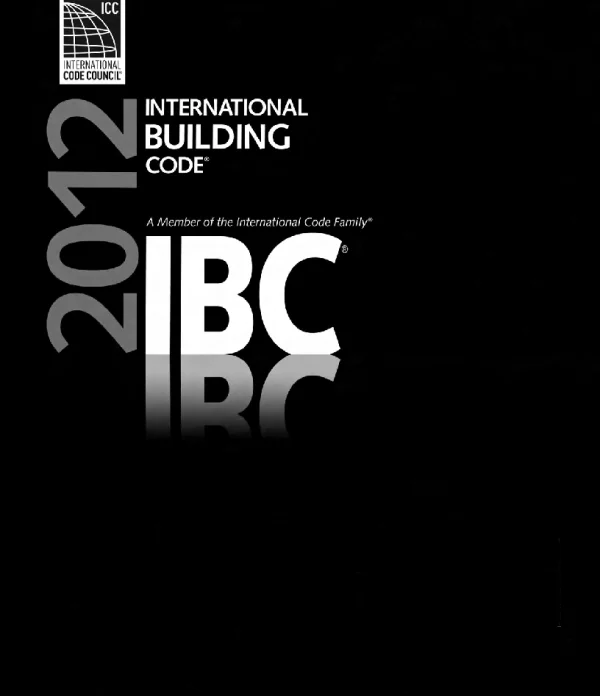-
资源简介
The International Building Code (IBC) is a comprehensive set of regulations that govern the construction and design of buildings in the United States and other countries. The IBC-2012, specifically, is an edition of this code that was published in 2012 and serves as a critical reference for architects, engineers, contractors, and building officials. This code provides guidelines on structural integrity, fire safety, accessibility, and other essential aspects of building construction to ensure public safety and health.
One of the key features of the IBC-2012 is its focus on uniformity and consistency across different regions. By establishing a standardized set of requirements, the code helps to streamline the building process and reduce confusion among professionals working in various jurisdictions. The IBC-2012 is part of a larger family of codes known as the International Codes (I-Codes), which include the International Residential Code (IRC), the International Fire Code (IFC), and others. Together, these codes form a cohesive framework for building regulation and enforcement.
The IBC-2012 covers a wide range of topics related to building construction. It includes provisions for building types, occupancy classifications, structural systems, fire protection, means of egress, and energy efficiency. Each section of the code is organized to address specific aspects of building design and construction, making it easier for users to locate and apply relevant information. For example, Chapter 3 of the code outlines general building requirements, while Chapter 5 focuses on fire resistance and construction types.
Another important aspect of the IBC-2012 is its emphasis on safety and risk mitigation. The code incorporates the latest research and technological advancements to ensure that buildings are designed to withstand natural disasters such as earthquakes, hurricanes, and fires. This is achieved through detailed specifications for materials, construction methods, and system performance. Additionally, the code addresses issues such as accessibility, requiring that buildings be designed to accommodate individuals with disabilities, thereby promoting inclusivity and equal access.
The IBC-2012 also includes provisions for energy efficiency, reflecting growing concerns about sustainability and environmental impact. The code references the International Energy Conservation Code (IECC) and sets minimum standards for insulation, heating, ventilation, and air conditioning (HVAC) systems. These requirements help to reduce energy consumption and lower operating costs for building owners while contributing to broader environmental goals.
While the IBC-2012 is a valuable resource, it is important to note that it is not a standalone document. Local jurisdictions may adopt and modify the code to suit their specific needs and conditions. Therefore, it is crucial for professionals to consult local building codes and regulations to ensure compliance. In some cases, additional requirements may be imposed based on geographic location, climate, or other factors.
The development of the IBC-2012 involved input from a wide range of stakeholders, including industry experts, government agencies, and professional organizations. This collaborative approach ensures that the code remains up-to-date and reflects the best practices in the field. Regular updates and revisions are made to the code to incorporate new technologies, materials, and methodologies, ensuring that it remains relevant and effective over time.
For those who are new to the IBC-2012, understanding its structure and content can be challenging. However, the code is designed to be user-friendly, with clear headings, cross-references, and explanatory notes. Many resources are available to assist professionals in interpreting and applying the code, including training programs, online forums, and technical support services.
In conclusion, the IBC-2012 is a vital tool for ensuring the safety, functionality, and sustainability of buildings. Its comprehensive coverage of building requirements, combined with its emphasis on standardization and innovation, makes it an essential reference for anyone involved in the construction industry. Whether you are designing a new building, renovating an existing structure, or enforcing building regulations, the IBC-2012 provides the guidance needed to meet modern standards and expectations.
-
封面预览

-
下载说明
预览图若存在模糊、缺失、乱码、空白等现象,仅为图片呈现问题,不影响文档的下载及阅读体验。
当文档总页数显著少于常规篇幅时,建议审慎下载。
资源简介仅为单方陈述,其信息维度可能存在局限,供参考时需结合实际情况综合研判。
如遇下载中断、文件损坏或链接失效,可提交错误报告,客服将予以及时处理。